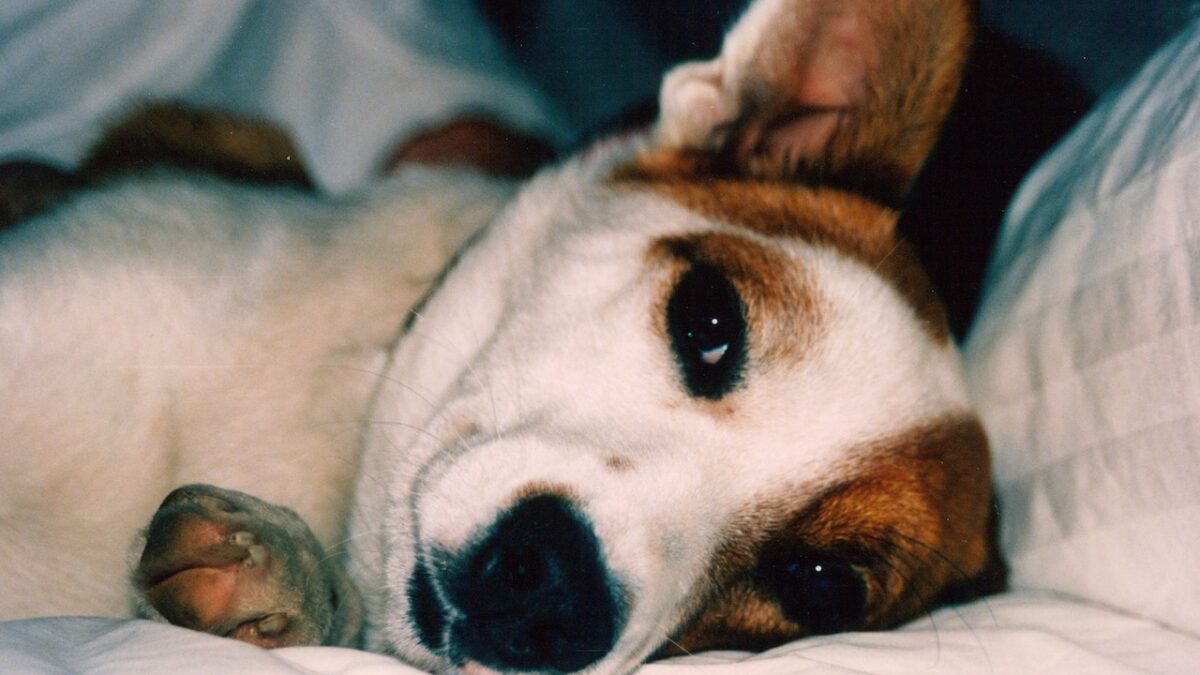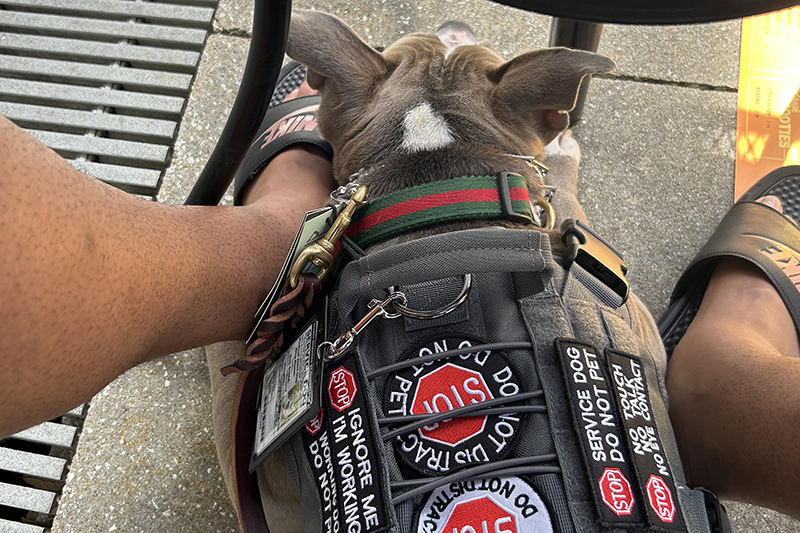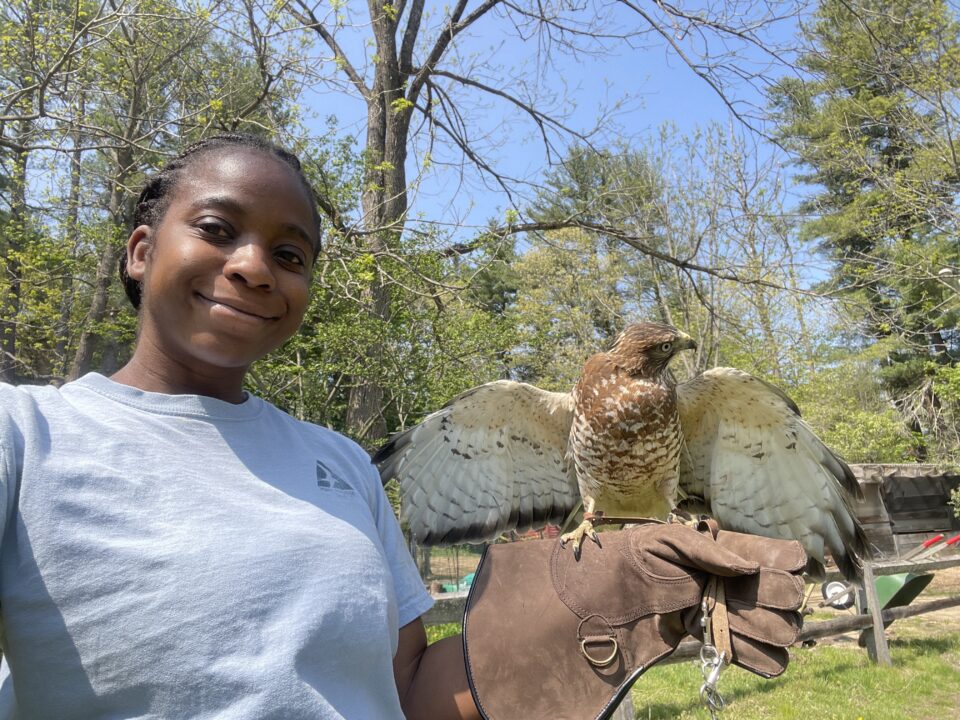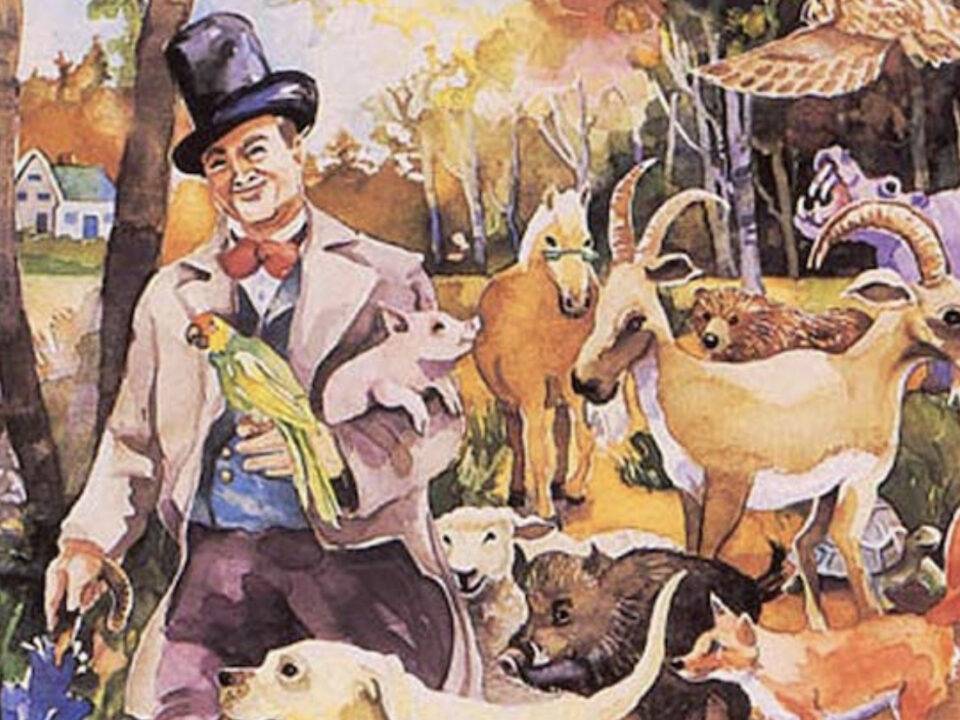Atlanta veterinary technician to be surprised with new van to help transport animals of low-income pet owners
February 23, 2021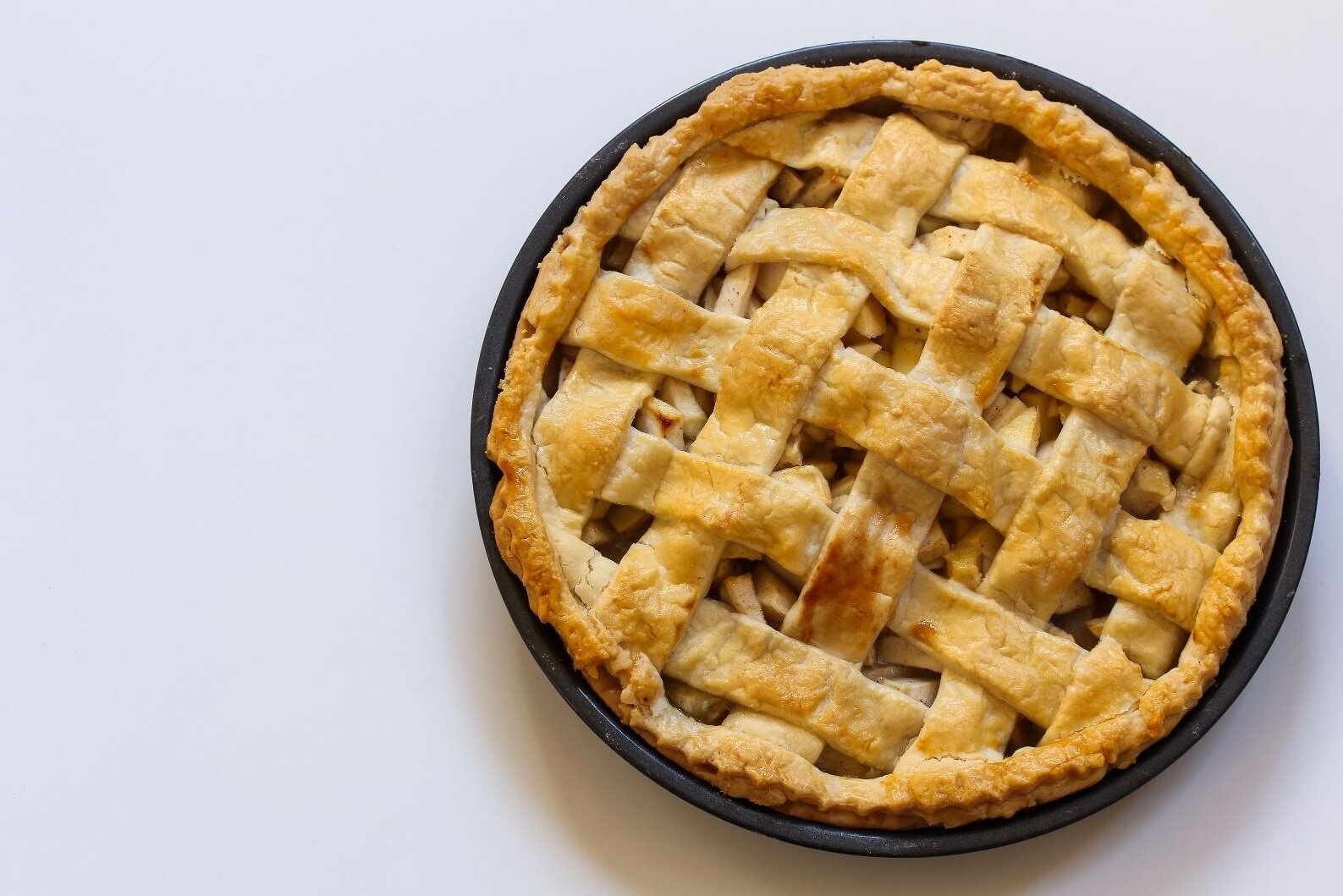
As American as Apple Pie
March 29, 2021Written by Janet Reich Elsbach
March 12, 2021
After grad school, I spent some time living in a tiny town in rural Mississippi. I’d come there with my boyfriend to work in a program started by an order of Catholic nuns, an all-white group of sisters who had set up a clinic and community center to serve Black residents deliberately shut out of all forms of amenity and social service by the local government. He built houses while I helped get a preschool program going. The sisters had created meaningful change in this place in their years there, making things like medical care and a safe place to gather and access to housing realities for the Black community. By most definitions they were angels, these nuns, their lives devoted to service and justice. Furthermore, they were early adopters of ‘nothing about us without us’ governance, making sure that leaders in the community they served were embedded in the management, staff and board of their organization.
We loved the place and the people we met there. As we neared the end of our intended time, we found we were reluctant to leave and we hatched a little plan. You couldn’t be there more than a minute without noticing a big population of dogs, many of whom were in ragged health, that sort of pertained to certain houses but mostly ran loose and often fell victim to speeding cars on the main road. We dreamed up an animal shelter and clinic where we could work with residents to vaccinate and educate and spay and neuter and provide food–just do what was necessary to create better circumstances for the animals and the people who kept them, many of whom clearly had genuine care for their pets but lacked resources to keep them well.
The sisters shut that initiative right down. There were more important issues facing the community, they said: bigger fish to fry, bigger fires to put out in terms of human health and housing and square meals and literacy. This notion of ours would dangerously divert attention from their main goals.
Cognitive dissonance is real, friends. Unpacking it is no picnic.
We had a different hunch. We felt like supporting people to keep their animals in good health and reduce the sad statistics of roadkill, basically a daily sight, would go a long way towards amplifying the general well-being of the community. But it was a non-starter, in nun terms, so we prepared to go home. A couple days before we left, a little brown puppy ran in front of the car as my boyfriend was driving home at the end of his workday, and he followed her into the yard she entered and asked if she belonged to anyone. Oh, said the person, our dog had a litter of puppies and that’s one of the last ones living. You can have her if you want her. We did! My beloved dog had died right before we came down, and I was very ready for a new companion. He tucked her into the car and after a bath we discovered she was a white dog with brown spots, beautiful though besieged with fleas and worms. One of our coworkers, MaryAnn, took in a puppy from a different yard that same day and we have a picture from one of our last nights there of us sitting side by side with the two little dogs on our laps. Not long after we drove back north, MaryAnn let us know her dog had been killed by a car. Meanwhile our vet was marveling that the little beagle-adjacent mix we had brought home had parasites he had only read about in vet school. It took some time but we eventually got her ship-shape and she lived to be 14 years old and earn the crown of being one of the great dogs of the universe, never to be equaled in beauty or grace.
The meeting with the head nun, the superior sister, the top wimple (sorry, I’m Jewish), the confab where she pronounced that this idea of animal welfare was tangential to human well-being, was over with in about ten minutes but I’ve basically never stopped thinking about it. It became one of the touchstone moments of my life.
I thought about it when I delivered my first baby and the maternity nurses—another band of angels in human form–gave every possible type of assistance to me as I was learning to breastfeed her, while at the same time they encouraged the 16-year old mom who shared my room to give her own baby formula. “You’re so good to keep trying!” teen mom had called out to me encouragingly from her side of the curtain that we pretended gave us each any privacy at all. “I tried but we just couldn’t do it!” At some moment when the young girl was out of the room, I put it to a nurse: clearly they knew the benefits of breastfeeding and had the skills to troubleshoot, so why didn’t they help her the way they were helping me? She rolled her eyes. “We are so worried about those kids taking care of the baby at all,” she said, “that we don’t want to complicate matters with this.” I felt the same feeling jangling inside me as I had when the nun said no. How could something that seemed so clearly to lead to the heart of the matter be seen as a separate, expendable thing?
By the time we acquired Delta Bean (cover photo), the little spotted dog, I had informally rescued and re-homed quite a few dogs and cats, and I was well-known for my willingness to comb pet listings to help people find their new dogs. Other than the fact that all our family dogs were adopted, that was the extent of my animal welfare for a couple decades. Then a few years ago, I threw myself wholeheartedly into animal rescue, fostering a couple of dogs a month through an organization near me that pulls animals from rural Georgia. Since 2017, I’ve worked with half a dozen different groups directly, some more closely than others, and seen the workings of a few dozen more. If you are not familiar with the rescue set-up, it’s pretty standard for rescues based in the northeast, where I live, to take dogs from overcrowded southern shelters with a high kill rate and ferry them to foster homes, and then eventually permanent homes, in this region. As we learned living in Mississippi all those years ago, there’s pet overpopulation in those areas, and a lot of poverty, and many animals in terrible shape. Rescue is not pretty work below the Instagram level; for every one of the legions of adorable pictures of “gotcha days” and “furever families” on social media, there are millions of hours of seeing some serious sheet on the part of the people on the front end of the supply chain. Roadkill and dogs too sick to save, animals who have been neglected or actively abused past the point of rehabilitation, and scores of perfectly lovely animals who are put to death simply for lack of space to house them in shelters. It’s grim, gritty stuff.

All of these ideas, carefully curated, fuel the PR operations of the rescues. Lots of ‘before’ and ‘after’ pictures tell the happy stories of animals saved, sometimes at enormous expense. A rescue with a sizable following can raise tens of thousands of dollars in a matter of hours for surgeries and other epic interventions for really hard cases. Even the ‘easy’ cases are a huge investment of people hours, fuel and other resources, only some of which is covered by adoption fees. It’s a very expensive enterprise. Rescue volunteers upend their lives in service, driving all night and going deeply out of pocket and getting bitten and pooped on, demonstrating their own near-angelic level of commitment and endurance.
I’ve fostered more than 60 dogs since I dove in here. It’s been transformative work, teaching me more about patience and diligence and how to be in relationship (with any creature, myself included) than I probably could have learned anywhere else. I also know a lot about enzymatic spray cleaners, canine dermatology and the uses of peanut butter. I’ve successfully fostered and helped find loving homes for everything from teeny puppies to toothless, blind old seniors, three-pounders to dogs that could put their paws on my shoulders and look me in the eye. It’s incredibly rewarding and almost equally tiring. I’ve had some hair-raising experiences, all profoundly educational, and in the main, all the stories had happy endings.
With one notable exception. Last year the adoption of one of my fosters went clean off the rails. The adoption took place when my daughter happened to be hospitalized, so though I had met the adopters (and I knew one half of the couple a little bit, through friends of friends), I was with my daughter when they came to pick up the dog and it fell to a friend of mine to oversee the handoff. In the confusion the adopters went home with the dog but without signing the adoption contract, and then when the rescue called this oversight to their attention and asked for a signature, they flat-out refused to sign it. Because I knew them a little bit, and thinking this was a simple misunderstanding, the rescue asked me to step in and get the contract signed. The partner that I knew (a white woman; her partner is Black) said the reason for their refusal to sign was that the adoption process in general and terms of the contract in particular were racist and if I wanted them to sign this document, then I was a racist too.
Since I considered the work good and myself actively anti-racist, this came as a shock to say the least. I have been deeply invested and involved in justice and advocacy work with people of color and people with disabilities pretty much my whole life. I knew the work I did for animals was good work. So it must be not racist, right? Because I was personally progressive! and because it was such hard good work! and because all these animals were being saved! Everything was good. How could it be bad? Racism was bad and I leaned actively into fighting it. Good work! Racism: bad. How could good work be bad work? How could I be bad if I was doing good work??
Cognitive dissonance is real, friends. Unpacking it is no picnic.
In the process of attempting to resolve a very complex matter, I came to the cold realization that though I thought about race and the mechanisms of exclusion in a lot of other places, I had never thought in detail about how they play into rescue work. I had noticed that I saw very few BIPOC applicants coming through the various rescues I was working with, but I did not interrogate that. Maybe I gave myself an internal pat on the back for even registering it, and for not being “the kind of person” who would “let race interfere” with selecting an adopter. What I had done, I realized, was compartmentalize the rescue work in its bubble of presumed goodness. I was seeing the big picture everywhere but here.
So I started looking at how race and rescue intersect. It didn’t take much effort to uncover the statistics that rescues are almost 100% white (and white woman, specifically)-led, and only around 4% of BIPOC dog-owners get their pets through rescue. Something is clearly broken right there. It was time I stopped believing my justice work and my animal welfare work were possible to separate.
How could I be bad if I was doing good work?
In my research, I encountered a group called C.A.R.E (Companions and Animals for Reform and Equity), a group that studies and attends to matters of race in animal welfare. Among other offerings, they conduct trainings to lead rescues out of a “we don’t see color” mindset through the work necessary to become equitable and actively anti-racist. Just looking at the scope of that work tells a powerful story about what can lurk in the passive assumption that an organization is doing fine, just fine: examining internal/unexamined bias on the part of screeners, dismantling barriers in the application process (not just type-of-home requirements but also requiring photo ID, which can introduce bias from the jump, especially if screeners have not been trained to consider the biases they bring to vetting applicants and been given new criteria to use), reviewing language and imagery used in materials, and exploring the type (and location)of active outreach that’s done with an eye towards truly have an impact on who has access and feels welcome.
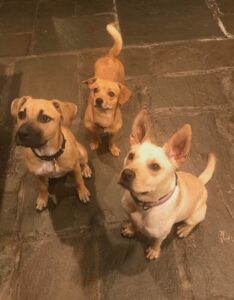
This lens helped me notice how the pitbull group I had just started working with had kind of impossible adoption requirements (a byzantine thicket of standards such as: couldn’t be your first dog, couldn’t join a house with another dog if that dog had not already lived with dogs before, fenced yard, etc., the density of which seemed to mainly function as a method for excluding whomever they felt like excluding for reasons no one else could fathom). I attended a vaccination clinic of theirs where a lead volunteer sported a “Make The Liberals Cry” shirt under her rescue-logo jacket and was wrapped in a warm hug by the rescue director. “Love dogs/hate people” is a common vein of humor among rescue volunteers, another trope we don’t interrogate very closely. Anyway you slice it, it’s a bit problematic to be selective about who deserves humane regard, but in the pitbull space there’s a veritable tinderbox of factors. Pitbulls are routinely rescued from BIPOC communities, a big part of the story that gets told (“he was a bait dog in a fighting ring!”), and they face pretty considerable bias of their own in the form of breed-specific legislation that bans them from some areas and types of housing. We don’t live in a world where a Black man can consider a bully breed as a pet without considering how his safety on the street and the way he is perceived will be affected by walking that type of companion. If a pitbull-specific rescue is not being thoughtful about the narrative they share and examining the dynamics they engage in, odds are nearly 100% they are perpetuating problems, even if they are not wearing problematic t-shirts.
The rescue that had the puppy whose adoption went awry took the call-out very seriously; they committed to the C.A.R.E. training and to personal anti-bias work as well. I offered to underwrite the training for another rescue, the one I was most involved with at the time. They may not require photo ID or have strict home-conditions requirements, but every single person in leadership and all the volunteers are white, and their adoption outreach consists of events in a pet store in one neighborhood, end of story. In all the time I had spent working with them, I’d seen one BIPOC applicant.
Their response to my offer: we don’t have any biases so we’re good, thanks.
That struck me as dicey. Even multiple white perspectives on how a white organization is conducting itself are of profoundly limited value in getting the picture on this matter. If we want to know how well we are conducting ourselves around race, we have to seek out, and be willing to absorb, feedback from the people who are most affected by that conduct. The work to get right on it is white work, but it has to start from receiving–and believing–the experience of the BIPOC people we encounter, not from guess-work and self-assessment. If the only people you can ask are white, because they are the only people at the table, then you may just possibly have a few things to work through.
A lot of rescues suddenly started talking about race after George Floyd’s murder and the violence Christian Cooper experienced in Central Park, and that should be a good thing. So far it hasn’t been as good as it could be. I have seen big reaches for diversity (“we need more BIPOC fosters!”) and lots of public-facing talk about diversity (“look at our BIPOC fosters!”) but not as much internal work on the organizations they are inviting people into. More BIPOC engagement looks good and feels good to certain swathes of people. In and of itself, however, it fixes exactly nothing. In fact, it very reliably causes harm. It’s hard to accept that well-intentioned people working hard to make the world better (“we are saving dogs!”) actually CAUSE HARM, but they do. We do. We do it even when we think we are fixing harm, by trying to “include” before we address the workplace culture we are “diversifying,” before we assess the cultural competency of existing staff/volunteers, before we appreciate how true equity differs from optical diversity.
There is a kind of reckoning that would make rescue an actively anti-racist space. People hanging back from that endeavor, when pressed, often say that they are afraid: afraid to make a misstep and offend AND—this is the kicker–afraid they will alienate the people whose labor and money have been making the rescue work possible all along. “If we get too political then people might walk away.” They allow fears like this to freeze them in business-as-usual place. There’s nothing pretty underneath the recognition that advocating for your organization to show equally welcoming treatment to BIPOC people could alienate your white supporters, by the way. That means you DO see the whole picture, and you’re sitting on your hands while BIPOC people are excluded or even harmed, all to protect the feelings of white people.
There is a kind of reckoning that would make rescue an actively anti-racist space.
Ironically, just as I was thinking so hard about all of this, a video started making the rounds on Instagram. In it, a Black man talks about how white women behave when a dog is in danger: here they come with their bolt cutters, he says; with their night vision goggles, their ladders and their pockets full of sirloin. An all-nighter in the woods or a burning building are no deterrent when they show up to save a dog. Women in the world of rescue posted and re-posted his video, tagging each other with cry-laughing emojis: “do we feel seen or what?” they said. “OMG that’s us AF!” His deeper message seemed to pass them by. Fear doesn’t always stop white women. We know how to push past it, when it’s for a dog. Where is that energy when the task is a broader, community-wide push for justice and equity? Why does that fear stop us?
Quick question: when I say, “if you’re cold, they’re cold,” do you see a shivering dog or an unhoused person, in your mind? Our empathy is very quickly engaged for dogs. And the argument that we can’t all work on everything doesn’t really apply here–dog advocacy doesn’t give you a hall pass on other kinds of justice work. You just want to work with dogs? All dog work involves people. So make that work equitable.
There are lots of ways to do that, and rather than complicate the work of rescue, they address its root causes. Rescue’s prevailing narrative revolves around the “bad conditions” that the animals come from and the “good homes” where they land. To respectfully mis-quote Bishop Desmond Tutu, how much are we doing in the source communities to stop dogs from falling into the river? It may be something (many rescues do direct resources to spay and neuter efforts and other shelter programs) but that’s not the story that gets told most often. And for sure it’s not as much effort as we expend standing down-river to pluck them out, and send them somewhere else.
And—this question also to the nuns in Mississippi, if they are listening, and the nurses in that maternity ward–how can we keep on keeping these things compartmentalized? When we are talking about justice and freedom and the right to good care, to feeling safe, and being fed—IF we are really talking about those things–then we don’t get to choose who is worthy of it. If it leaves anyone out, it isn’t really justice and no one is really free. If you’re just here for the dogs, or just here for the people, then you ultimately serve neither.
In any community, the question “How are the dogs here?” is not separate from the question “How are the people here?” Let’s stop swooping in and scooping out. Let’s step in quietly, with curiosity, and ask How is the level of care in this community? Who is already trusted to provide it and what do they need to extend their reach? Who are we serving? Are their voices guiding the work?
In that way, the work becomes truly good work, focused on the potent magic of mutual aid.


